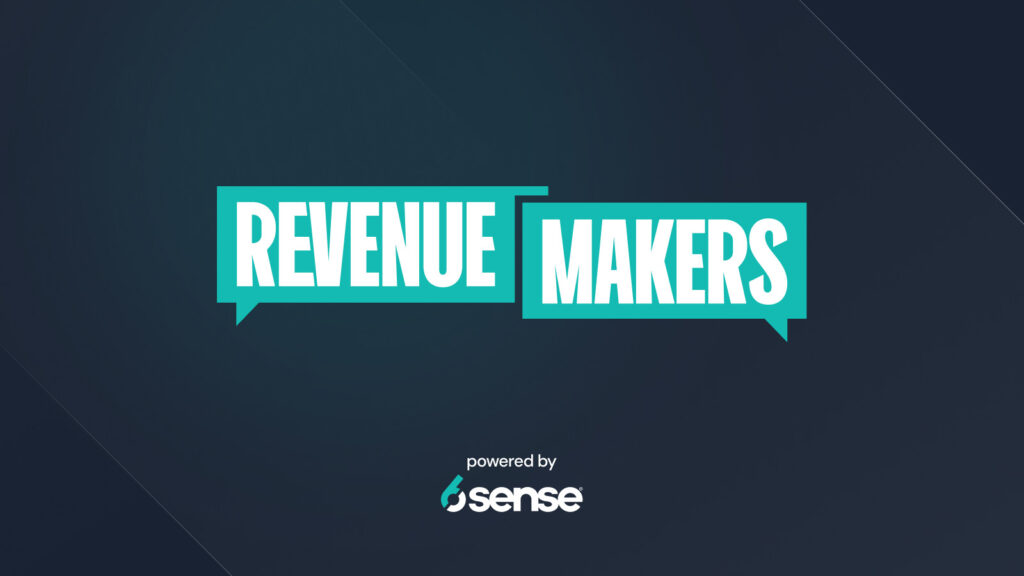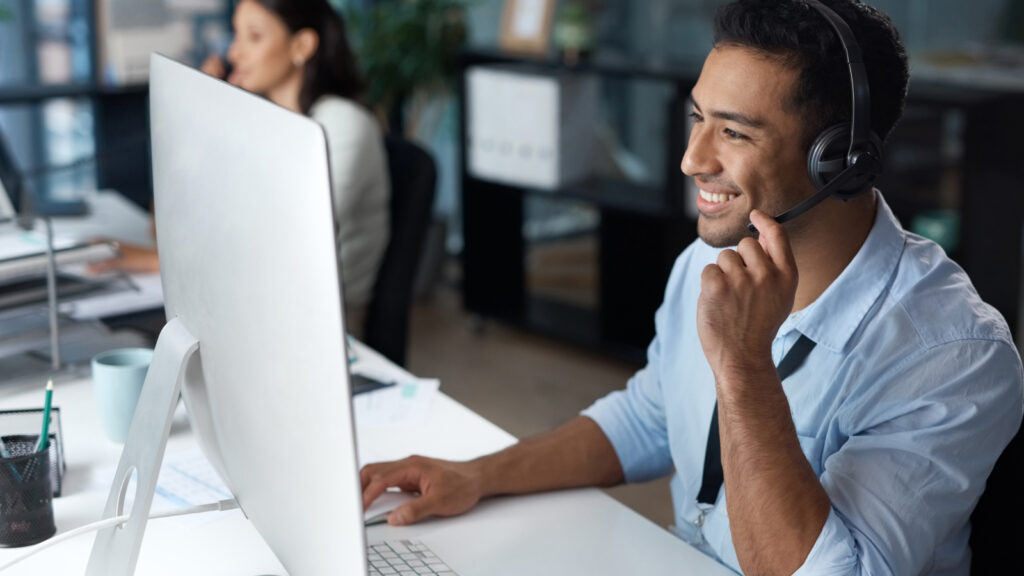What is SaaS?
Software as a service (SaaS) is a software delivery model that provides users with access to applications hosted remotely over the internet. Examples of SaaS include cloud-based applications such as customer relationship management systems (CRM), web-based email services, and online office suites.
SaaS vs. Regular Software Applications
In many ways, SaaS is now the regular way for software applications to exist. While computers continue to have local applications, many of the most-used office tools now operate in a cloud environment.
SaaS offers many advantages over traditional software applications.
- SaaS removes the need to install and maintain software applications locally, as the software and data are hosted and managed remotely.
- SaaS applications are typically subscription-based, allowing businesses to pay for only the services they need.
- SaaS is typically more secure, as it is maintained by a third-party provider with dedicated security protocols.
What are the Benefits of SaaS?
Businesses are increasingly using SaaS solutions for several reasons:
- Less upfront capital investment required, as users only pay a subscription fee.
- Scalability and flexibility to increase or decrease services depending on business needs.
- Low maintenance costs, as the provider is responsible for managing and maintaining the software.
- Faster time-to-market as users can access SaaS applications quickly and start using them without delay.
- Increased collaboration, with users able to access and share data from any location.
What are the Challenges of SaaS?
Although SaaS provides many advantages, it also presents companies with some new challenges:
- Integration issues: New tools may not be able to share and manage data with existing technology or legacy systems, leading to clunky and siloed workflows.
- Security concerns: Customers have to put trust in the SaaS provider to have the proper safeguards in place to keep data secure.
- Feature limitations: Some SaaS tools have restricted customization capabilities, so customers are limited to the features the software offers.
- Potential saturation: Implementing too many software platforms may create more work than they’re worth — from onboarding users and making sure they adopt the tools, to monitoring use and performance to determine whether the tech is living up to its promise.
Because of these pitfalls, it’s important for businesses to be selective in what SaaS vendors they choose to work with.
SaaS vs. PaaS vs. IaaS
SaaS, Platform as a Service (PaaS), and Infrastructure as a Service (IaaS) are three common acronyms used in the cloud computing industry. Most organizations use more than one — and some use all three. It’s important to understand how these differ and how they can work together.
SaaS is a cloud computing model in which a third-party provider delivers applications and services to customers via the internet. With SaaS, customers can access the provider’s software and use it without having to install it on their own devices.
Platform as a service (PaaS) provides access to a complete and ready-to-use platform for developing and managing applications. It serves as a platform for developers to create applications in a secure, scalable environment without worrying about managing the underlying infrastructure. An example of PaaS is the Google App Engine, which allows developers to quickly create and deploy web-based applications.
Infrastructure as a service (IaaS) is a model that provides on-demand access to cloud-hosted servers — both physical and virtual — that run applications in the cloud. It allows users to rent hardware such as servers, storage, and networking components on demand. An example of IaaS is Amazon Web Services, which provides a range of cloud-based services like storage and networking.
Future of SaaS in 2023 and Beyond
The increasing demand for cloud-based services will continue to drive SaaS growth. Companies are leveraging these technologies to reduce operational costs and facilitate innovation.
Additionally, emerging technologies like AI and machine learning are making SaaS companies more efficient and allowing them to offer more sophisticated services. With the right investments, companies can stay competitive long-term.
6sense is a SaaS company that provides solutions for sales and marketing teams to eliminate go-to-market waste, discover new opportunities, and boost revenue. Request a personalized demo to see it for yourself.





